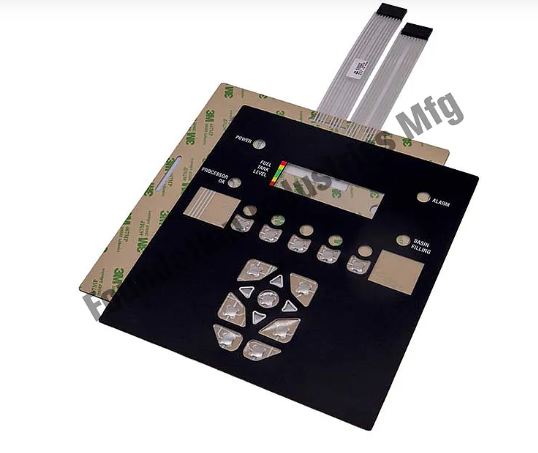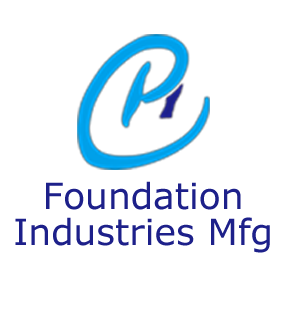Membrane Control Panel Assembly: Enhancing Efficiency in Industrial Automation
Membrane control panel assemblies are essential components of industrial automation systems, providing an intuitive interface for operators to monitor and control various processes. Their durability, reliability, flexibility, and cost-effectiveness make them a preferred choice for industries seeking to enhance efficiency and productivity.
Unveiling Membrane Control Panel Assemblies

Membrane control panels by membrane control panel assembly supplier, also known as human-machine interfaces (HMIs), are electronic control systems that feature a membrane keypad or touchscreen interface. They serve as the primary communication channel between operators and machines, allowing for easy monitoring and control of industrial processes. Membrane control panel assemblies consist of several key components:
1. Membrane Keypad or Touchscreen: The membrane keypad or touchscreen is the primary input device, enabling operators to interact with the control panel. It consists of a flexible membrane with conductive layers that register button presses or touch inputs.
2. Controller: The controller is the brain of the membrane control panel assembly. It processes input signals from the keypad or touchscreen, executes control commands, and communicates with other devices or systems.
3. Display: The display unit provides visual feedback to the operator, displaying process information, alarms, and other relevant data. It can be an LCD, LED, or TFT display, depending on the application requirements.
4. Enclosure: The enclosure houses all the components of the membrane control panel assembly, providing protection from dust, moisture, and other environmental factors. It is typically made of durable materials like stainless steel or polycarbonate.
Functions of Membrane Control Panel Assemblies
Membrane control panel assemblies perform a range of functions that enhance efficiency and safety in industrial automation:
1. Process Monitoring: Membrane control panels allow operators to monitor various process parameters, such as temperature, pressure, flow rate, and machine status, in real-time.
2. Control and Adjustment: Operators can use the control panel to adjust process parameters, modify settings, and initiate specific actions or commands.
3. Alarm and Notification: The control panel can be programmed to generate alarms and notifications in case of abnormal conditions or potential hazards, ensuring timely intervention.
4. Data Logging and Reporting: Some membrane control panels have data logging capabilities, enabling the recording and storage of process data for analysis and reporting purposes.
Advantages of Membrane Control Panel Assemblies
Membrane control panel assemblies offer several advantages over traditional control panels:
1. User-Friendly Interface: The membrane keypad or touchscreen provides a simple and intuitive interface, making it easy for operators to interact with the control system.
2. Durability and Reliability: Membrane control panels are designed to withstand harsh industrial environments, ensuring long-lasting performance and reliability.
3. Flexibility and Customization: Membrane control panels can be customized to meet specific application requirements, including the number of buttons, display type, and enclosure material.
4. Cost-Effectiveness: Membrane control panel assemblies offer a cost-effective solution for industrial automation, providing value for investment.
Applications of Membrane Control Panel Assemblies
Membrane control panel assemblies find applications in a wide range of industries, including:
1. Manufacturing: Membrane control panels are used to control and monitor production processes in various manufacturing industries, such as automotive, electronics, and food and beverage.
2. Oil and Gas: Membrane control panels are employed in oil and gas facilities to monitor and control processes related to drilling, refining, and transportation.
3. Water Treatment: Membrane control panels are used in water treatment plants to monitor and control water quality parameters, such as pH, turbidity, and chlorine levels.
4. Power Generation: Membrane control panels are utilized in power plants to monitor and control critical parameters related to electricity generation and distribution.
